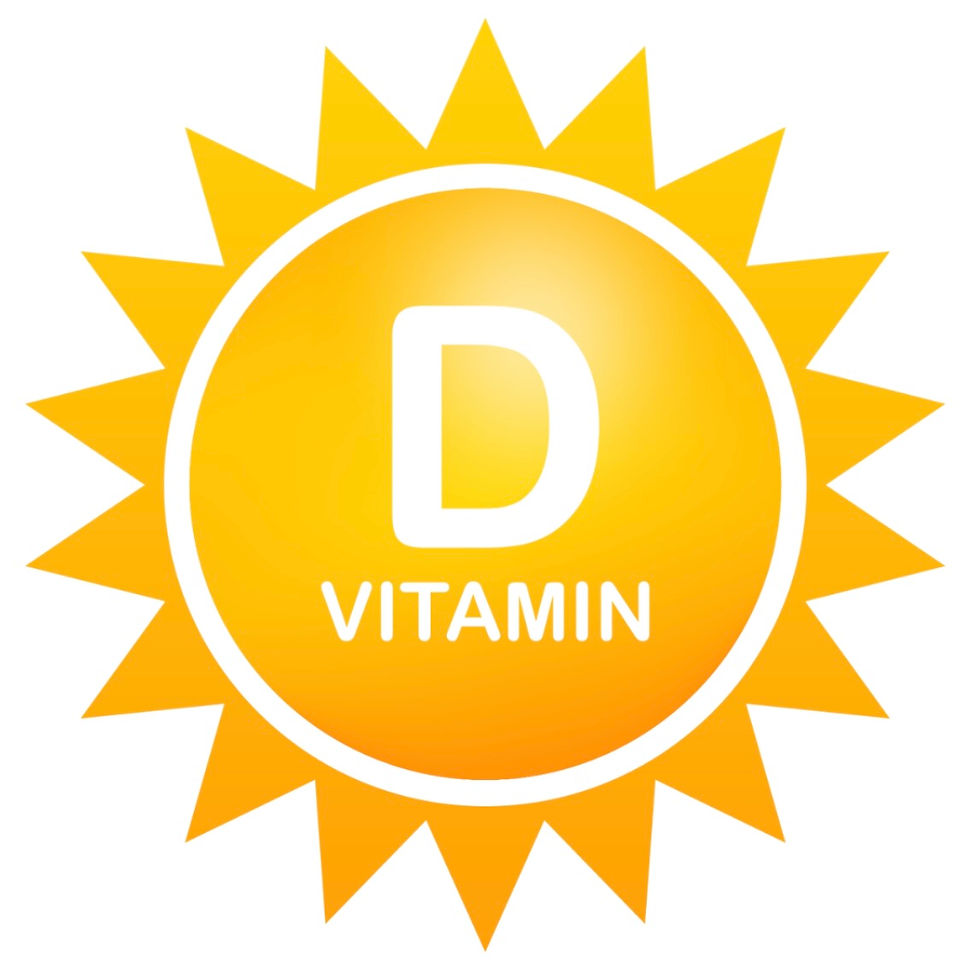Nipple Shields - friend or foe?
- Molly Veltz
- Jun 26, 2024
- 3 min read
Updated: Jun 24
Nipple shields get a bad rap, but are they always a mistake? When used with extra measures, they can be a miraculous intervention that help get breastfeeding established.

Nipple shields are like training wheels on a bike, for the breastfeeding baby. They can be useful in some situations, but a Lactation Consultant ideally should assess moms to ensure that a shield is necessary. In most cases, shields don't work well during the colostrum phase. They may make it possible for baby to latch, but the small volume of highly viscous colostrum is difficult for a baby to pull through the shield. Once the milk volume starts to increase, baby might actually be able to establish a flow and get some swallows with that shield in place. Even so, most newborns cannot drain the breast well through the shield, or access enough milk to gain weight. So anytime a shield is utilized, even if baby is transferring milk through it, it's recommended for moms to pump both breasts after the feeding, and supplement baby, to ensure adequate stimulation and weight gain. The supplement can be breastmilk, if it's available, or formula, if pumping outputs are still low. Many moms who discover shields on their own, are using them without pumping afterward or supplementing, and this frequently results in: 1) low supply, and 2) a baby who nurses for very long sessions, and is still not gaining well.
Good candidates for a nipple shield are:
moms who have flat or shallow nipples, whose babies cannot sustain a latch long enough to start swallowing and empty the breast
premature babies, because the shield makes it easier to stay latched when baby's suck is weak or immature. In this instance the shield also provides a "stimulus" in baby's mouth that reminds them to suck actively.
for babies who were supplemented early on, and now refuse to latch, even when mom has everted nipples and pliable breast tissue. In this instance, the shield feels like the familiar bottle nipple in baby's mouth, and provides a stimulus to suck actively, which a bottle-fed baby isn't necessarily conditioned to do, especially if baby is not being paced-fed with a true slow flow nipple.
How to apply a nipple shield if you're using it for the first time and don't have any one to provide you with tips? Here is an IG post that demonstrates it: https://www.instagram.com/p/B8y9j5_pgFX/?igsh=MXdpNnBnMTg4M3gzdQ==
Once you've applied the shield successfully, you do not wedge or sandwich your breast tissue when you offer your breast to your baby. This will make the shield peel away. Try to keep your breast full behind the shield, and gently hold the edges of the shield in place as you guide baby onto breast. Baby may initially latch to only the tip, but as he starts sucking, he may slide deeper onto the breast. Your goal is for his lips to be on the brim of the shield, so he can provide areolar compression. If he doesn't suck actively once he's latched, you can drip some milk into the corner of his mouth from an upside-down bottle, and that will seep into his mouth and compel him to suck more actively. It takes baby a little time to turn on the faucet of milk, with a shield in between the two of you. Some moms pump to get their milk flowing, directly prior to using the shield. Once the faucet is turned on, hopefully baby will suck actively and pull the milk through the shield adequately.
Shields can be a lifesaver for direct breastfeeding. Eventually, as baby's weight is carefully monitored, and their intake at breast is measured by a "before and after weight," (calculation performed by an LC or a feeding clinic) moms can phase out the pumping and the supplementing, and hopefully wean off the shield altogether.







Comments